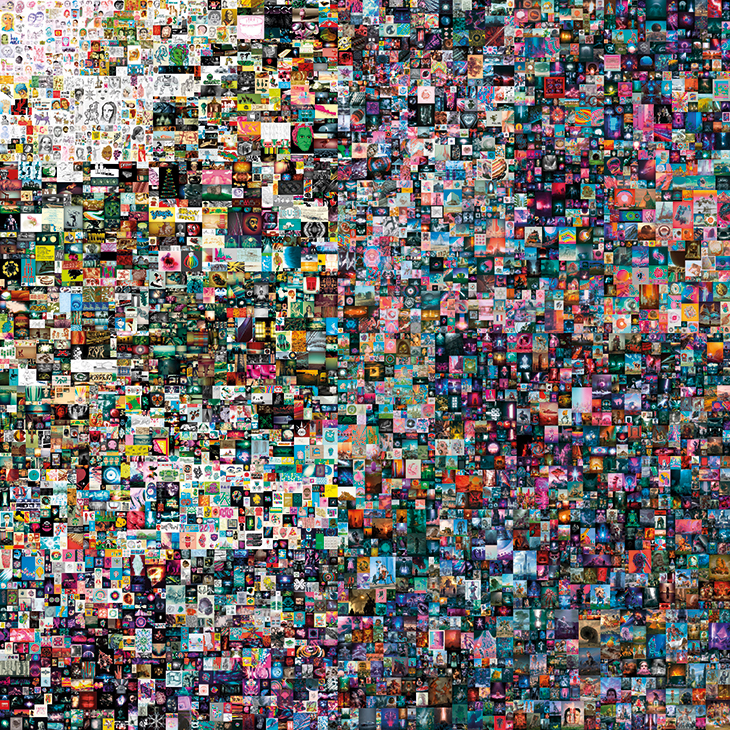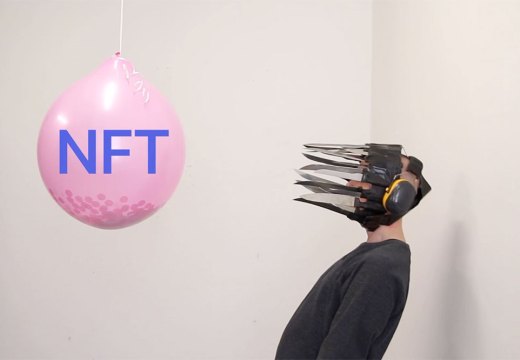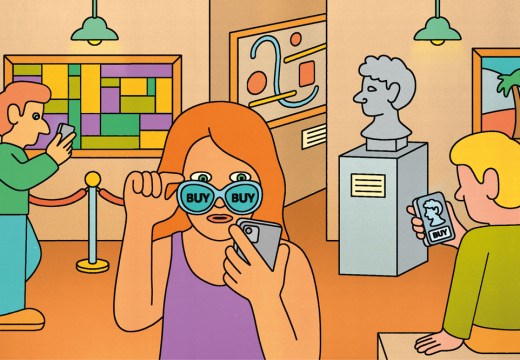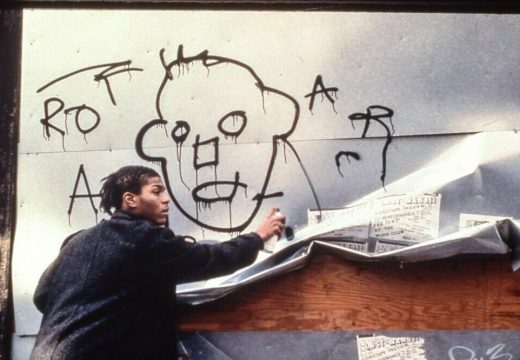Non-fungible tokens (NFTs)
NFTs, or non-fungible tokens, sprang dramatically on to the scene in March this year. They had existed for several years previously but became much harder to ignore after that $69m sale of Beeple’s magnum opus at Christie’s. The news saw the art world scrambling to grasp concepts such as blockchain, decentralisation and cryptocurrency – well enough at least for dinner-party debates over whether the craze was a bubble or a legitimate breakthrough in digital ownership. As the year now draws to a close, it’s looking increasingly like NFTs might be here to stay.
Though physical artworks, with the correct provenance, have a tangible value brought about by their scarcity, digital objects can generally be shared infinitely and for free. This has long made the traditional notion of ‘owning’ a piece of digital art feel redundant, which is where the ‘non-fungible’ part of these tokens comes in. The artwork may be reproducible, but the token attached to it is unique and safely stored in the blockchain, a decentralised digital ledger of records known as blocks. This is secure because once a block is on the chain it can’t be retroactively changed.

Digital copy of The Madonna and Child by Leonardo da Vinci, minted by the State Hermitage Museum, St Petersburg
Galleries and auction houses have responded to the rise of NFTs with a flurry of special sales and exhibitions, online and off. Their advent seems to have ushered in a new class of collector that those in the art market are keen to court – as are institutions such as the British Museum and the Hermitage. The reach of this new option for digital ownership has also extended beyond art to encompass memes, tweets and even the source code of the internet – so pretty much anything we might see as part of our shared digital heritage. NFTs can also be used to verify physical objects, including collectible items that are easy to fake, such as objects that have travelled to space.
It should be noted that the current energy cost of most NFTs is unsustainably high, and for some they foretell only bad things about the demise of an open internet. As they are further incorporated into our world, however, we are still only starting to get a sense of their possible applications. In the fast evolving ‘metaverse’, places such as Decentraland use NFTs to sell pretty much everything, including sections of virtual land. While we’re still in the early stages of this revolution, now is the time to stake a claim.

EVERYDAYS: THE FIRST 5000 DAYS (minted 16 February 2021), Beeple
Jo Lawson-Tancred is an arts writer based in London.
The Winners | Personality of the Year | Artist of the Year | Museum Opening of the Year | Exhibition of the Year | Book of the Year | Digital Innovation of the Year | Acquisition of the Year | View the shortlists
Unlimited access from just $16 every 3 months
Subscribe to get unlimited and exclusive access to the top art stories, interviews and exhibition reviews.














![Masterpiece [Re]discovery 2022. Photo: Ben Fisher Photography, courtesy of Masterpiece London](http://www.apollo-magazine.com/wp-content/uploads/2022/07/MPL2022_4263.jpg)
It’s time for the government of London to return to its rightful home